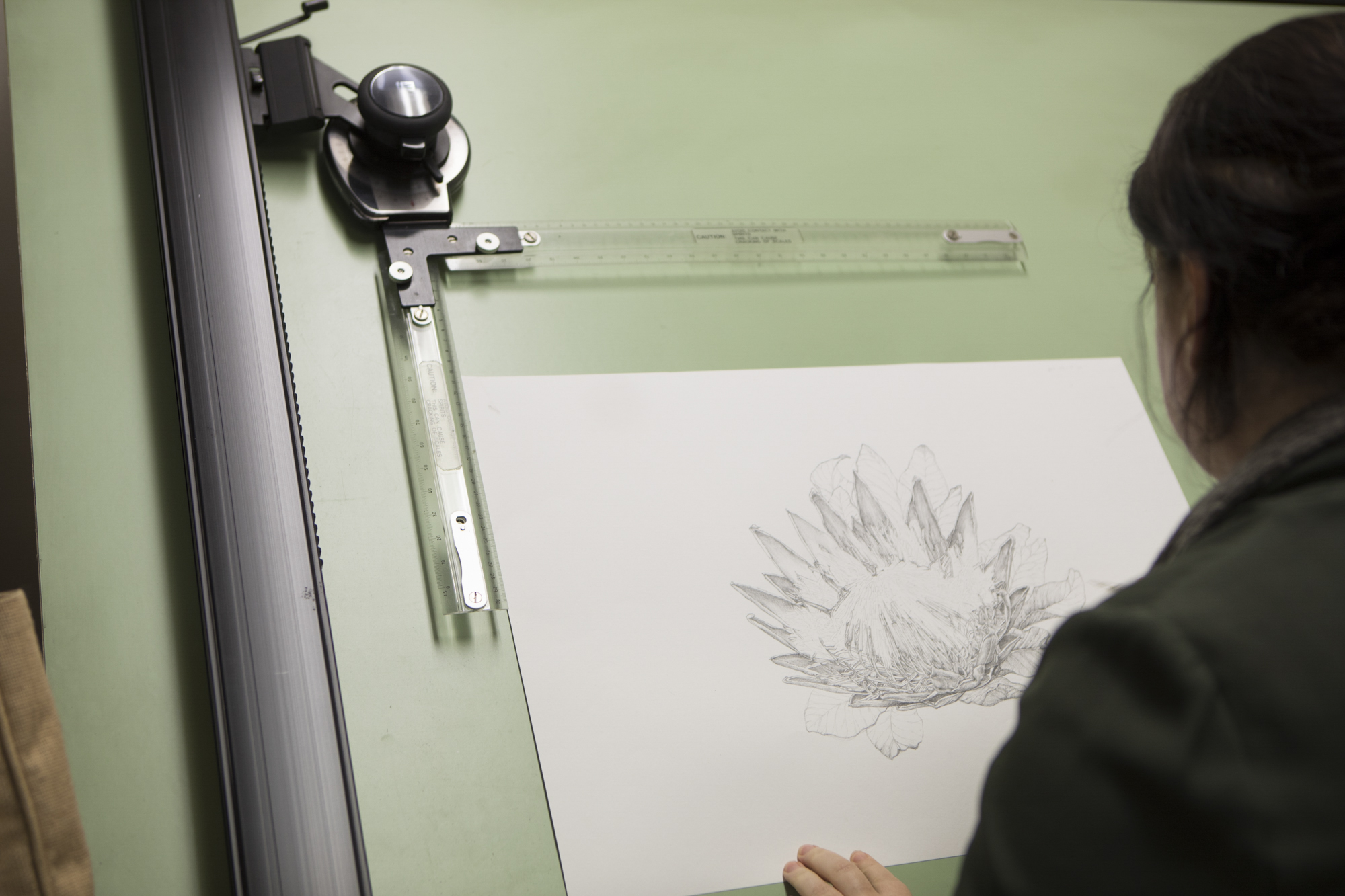Growing internal talent
The South African Mint is proud of the Apprenticeship Programme that it has been running for over a decade. The programme has developed many qualified employees with exceptional skills for the various stages of coin making, many of whom started their careers at the South African Mint.
Each year, the Mint celebrates newly qualified artisans who have, with the mentorship and encouragement of caring managers and supervisors, completed their apprenticeship and are assimilated into the workforce of accomplished and qualified employees at the South African Mint.
Today, many of these artisans form part of the wide pool of skilled artists, engravers and knowledgeable technicians that help to develop a complex coin design from paper right through to the beautiful coins produced by the South African Mint.
The coin-making process starts when our very talented senior artist/designer puts together numerous concept designs which explore the visual representation of a theme through different compositions of the chosen elements.
Thereafter, the artist either creates detailed compositions and renders or manipulates photographs or digital illustrations, or creates artwork using pencil, charcoal or water colour, according to the artists’ preferences, to create a detailed design.
This complex process takes years to master, and the 22 years of experience that accompany our senior artist are evident on most of our coins.
The completed design then goes through a rigorous signing-off process before it is approved and published in the Government gazette.
Once gazetted, the design is then taken over by the highly specialised product development team, which consists of engravers, research and development engineers and surface finishing specialists, to ensure the highest quality output before the dies are manufactured. This team, led by the Research and Development Manager, has a collective of more than 32 years of experience in product development.
An engraver then embarks on a technical task that takes about three weeks to complete, where a 3D coin design is recreated using modelling clay applied to a glass plate, to make a three-dimensional relief model of the design. This model contains as much detail as possible. Although digital tools are increasingly used to complement, and in some cases replace this hand modelling process, most of our engravers still prefer to do this manually.
The engraver then transfers a plaster version of the model onto a computer using extremely sensitive scanning technology to further remove imperfections and add finishing touches to the digitised plaster model. The finished digital model of the coin represents what the coin will look like once it is minted, and it is reviewed to make sure it can be physically produced on the Mint’s coining presses.
Once the coin model is completed, a computer-controlled machine cuts the model directly into a piece of high-grade steel and creates a machine punch, which the engraver sands and polishes, then uses to strike a matrix.
A matrix is a negative impression of the model, which is then struck onto another block of steel, similar to the previous step, to create a positive embossing of the design ‒ known as a master punch. The image on the master punch is always a positive or raised image
The process then moves to the Die Manufacturing Department, which uses the master punch to strike the production dies that will be used to mint coins. The department also ensures that the final dies are created to the most immaculate quality before they can be used to mint a coin. Qualified technicians conduct test strikes to minimise manufacturing and final product problems, before the final production dies are ready for the production process.





